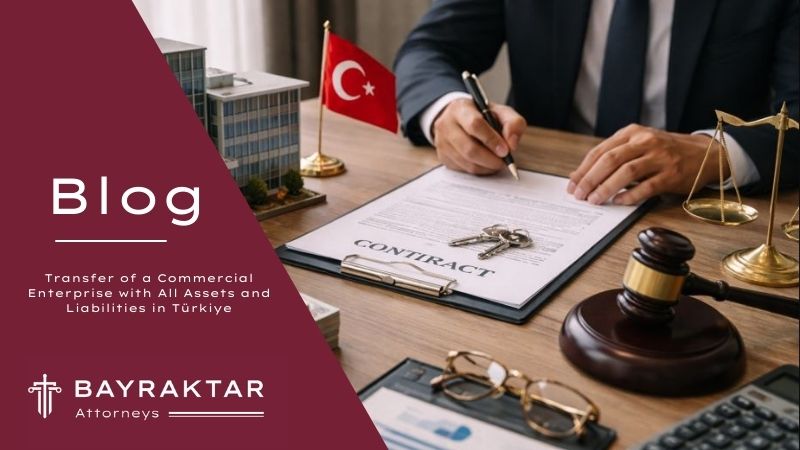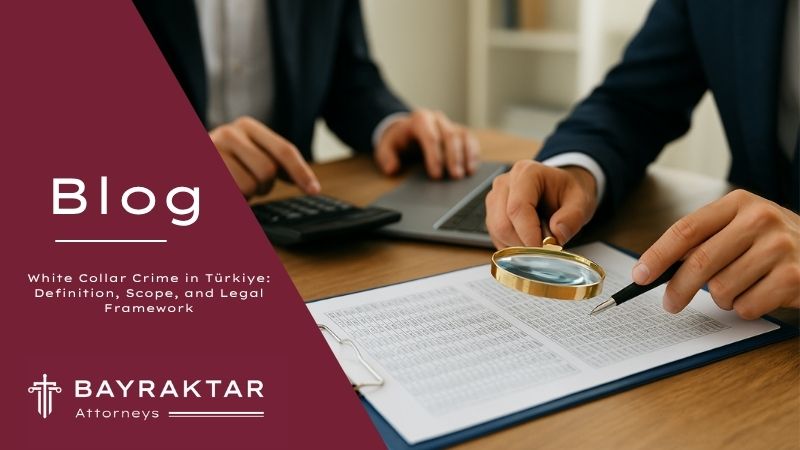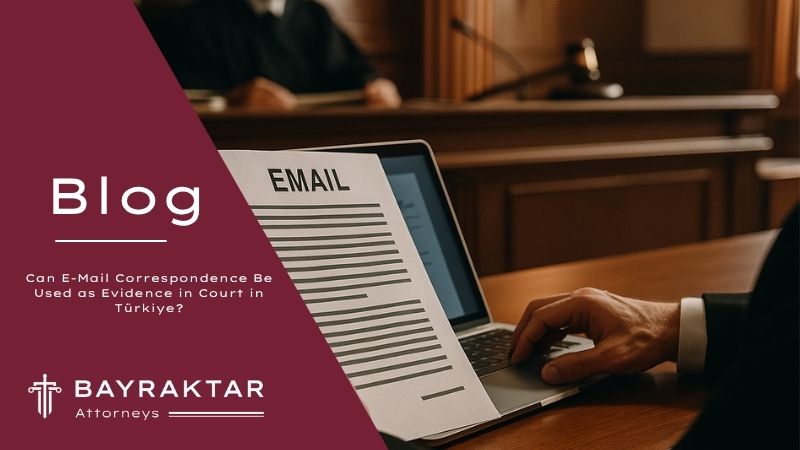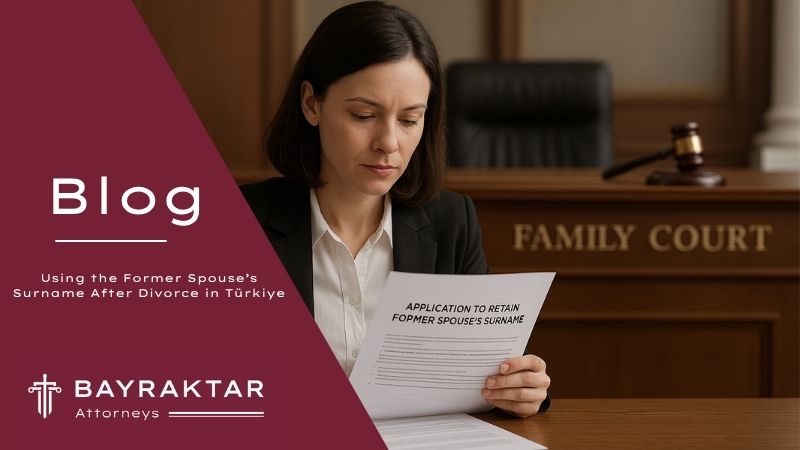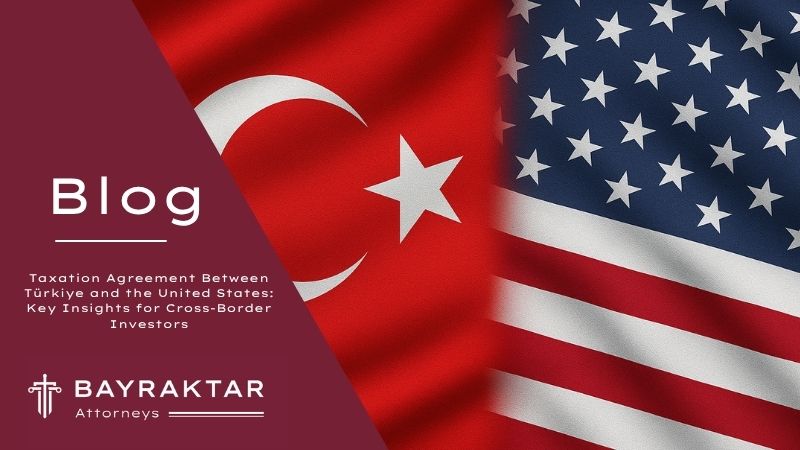![["A concerned woman in business attire stands on a balcony, observing a high-rise construction blocking the coastal view, symbolizing legal disputes over zoning and building rights in Türkiye."]](https://admin.bayraktarattys.com/api/admin/images/images/projects/559a8d76-60b3-4543-b03b-c95e6259813c_construction-blocking-view-lawsuit-turkiye.jpg)
The first step is to determine whether the ongoing construction is legally authorized. Even if a building appears unlawful or oversized, it may have an approved license on record. However, visual appearance alone is not enough to initiate legal proceedings.
Our lawyers typically take the following actions:
Request the construction permit (ruhsat) from the relevant municipality
Request the municipality-approved architectural project, which shows the legally permitted number of floors, building height, and technical layout
Contact the licensed building inspection company responsible for the construction
These documents form the foundation of any legal assessment.
Step 2: Analyze Technical and Legal Compliance
After obtaining the license and project documents, a legal and technical review must be conducted.
We usually collaborate with an independent architect to compare:
On-site visual evidence and construction photos
3D architectural renderings shared by the developer
The limitations stated in the license (e.g., floor count, building height, zoning category)
In one recent case, a construction permit allowed only two residential floors and one basement, with a maximum building height of 8.64 meters. However, the architectural drawings showed a taller structure, which raised concerns that the land was being altered to make the building appear legal. This was especially worrying because the area is known to be at risk of landslides.
Even if the construction permit appears procedurally valid, it may still conflict with zoning law principles, land risk classifications, or urban development rules.
Step 3: Prepare for Legal Action
If serious legal or technical irregularities are identified, two types of lawsuits may be filed:
Annulment of the construction permit
Annulment of the zoning plan upon which the permit is based
These lawsuits are filed at administrative courts and must be based on clear and provable violations of law or procedure.
It’s important to note:
Courts in Türkiye usually do not annul permits unless there are visible, concrete violations
Even if the case is not successful, it may still create legal pressure and expose deeper irregularities
Legal proceedings often prompt the municipality to conduct further investigations and potentially prevent unauthorized additions (e.g., an attic floor not included in the original permit)
Strategic Benefits of Legal Action
Even if the success rate of the lawsuit is uncertain, litigation offers key strategic advantages:
Forces the administration to re-examine the project
Deters further unauthorized construction
Puts the contractors and developers on notice
May reveal hidden discrepancies or fraudulent documentation
In Türkiye, unfortunately, it is not uncommon for superficially valid documents to conceal major zoning or planning violations. Filing a lawsuit brings those issues to light.
Important Time Limits and Legal Risks
The statute of limitations is typically 60 days from when the violation is discovered
Opinions of third parties connected to the contractor (e.g., a neighbor or site worker) are not considered reliable
If the lawsuit is dismissed, you may be ordered to pay the other party’s legal fees, which in 2025 is around 18,000 TL
Financial Considerations
Estimated litigation expenses (excluding legal service fees):
TRY 60,000 to 70,000, including court fees, expert analysis, and site evaluations
TRY 18,000, possible legal cost reimbursement if the case is lost
Legal fees of Bayraktar Attorneys are billed separately in a formal proposal
Next Steps
At Bayraktar Attorneys, we:
Secure the relevant project documentation from the municipality
Collaborate with architects and building professionals
Draft and file lawsuits at the appropriate administrative court
Keep our clients informed of all developments throughout the case
If you believe your view is being unlawfully obstructed by new construction, or that zoning laws are being abused, it is important to act quickly and strategically. Our team is ready to support you from investigation to litigation.
